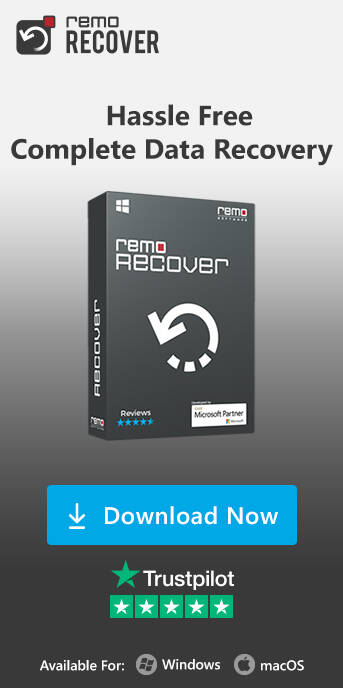CF card
A CF (CompactFlash) card developed by SanDisk in 1994 is a type of memory card commonly used in electronic devices like digital cameras, camcorders, and industrial applications. CF cards are again divided into two types:
- Compact Flash Type I with 3.3 mm thickness.
- Compact Flash Type II with 5 mm thickness.
Both types have the same width and length.
CF cards use file systems like FAT16 and FAT32 to organize and store data. They come in various storage capacities, starting from a few megabytes (MB) to multiple gigabytes (GB) and even terabytes (TB) in newer versions. CF cards support high-speed data transfer rates, making them ideal for capturing high-resolution images and videos.
The CF card interface is a 50-pin subset of the 68-pin PCMCIA connector. It operates in different modes, including a 16-bit PC card and IDE interface. The IDE mode is similar to the ATA interface, and CF cards operate on either 3.3 volts or 5 volts.
Sometimes CF cards are used instead of hard drives in embedded systems, dumb terminals, and different small form factor PCs that are built for low noise output and power consumption.
ALSO READ: Here’s how to recover data from a compact flash card.
Advantages and Disadvantages of CF Card
| Advantages | Disadvantages |
|---|---|
| Durable and Robust | Larger physical size |
| High storage capacity | Becoming less common |
| Widely used in professional cameras and industrial equipment | Not as widely supported in modern consumer devices |
Successors of CF card
CFast and CFexpress are successors to the CompactFlash (CF) card format, which was one of the earliest memory card formats used in digital cameras and other devices.
CFast: CFast, introduced in 2008, was an upgrade to the traditional CompactFlash (CF) card. It switched from a slower data interface (PATA) to a faster one (SATA), enabling quicker data transfers and better performance for various applications.
CFexpress: CFexpress is an improved CFast. It utilizes PCIe (Peripheral Component Interconnect Express) instead of SATA, enabling much faster data transfers. CFexpress cards were introduced in 2016-2017, offering notably faster data transfer rates compared to CFast cards.
They are widely adopted in high-end digital cameras and other devices seeking high-speed and high-capacity storage solutions.
Conclusion:
In the past, CF cards were common. But now, SD and microSD cards are more popular in devices like phones and tablets. Still, CF cards remain important for professional cameras due to their reliability and speed.
